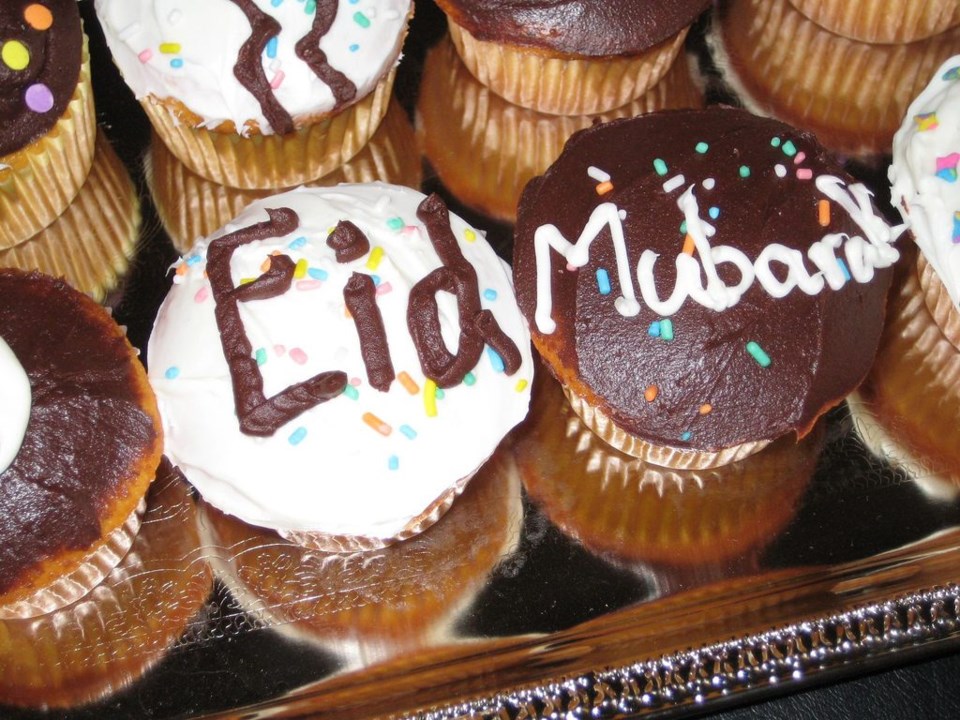
Well, first, for those of you wondering what is Eid al-Adha, it is the end of Hajj, the annual Islamic pilgrimage to Mecca. It is also known as the Feast of Sacrifice and honors Prophet Abraham's sacrifice of his son Ishmael, as an act of submission to God's command.
Eid in 2016 started on Monday, September 12 until Thursday, September 15. In the Islamic lunar calendar, Eid al-Adha falls on the 10th day of the 12th month and lasts for four days until the 13th day.
Although Eid al-Adha is always on the same day of the Islamic calendar, the date on the Gregorian calendar varies from year to year, since the Gregorian calendar is a solar calendar and the Islamic calendar is a lunar calendar. This difference means Eid al-Adha moves in the Gregorian calendar approximately 11 days every year. The date of Eid al-Adha may also vary from country to country depending on whether the moon has been sighted or not. This is known as Dhu'l-Hijjah.
Eid al-Adha is an Islamic holiday that commemorates the story of the Prophet Ibrahim who was willing to sacrifice his son Ismail at God's command. But when Ibrahim was on the verge of sacrificing Ismail, God spared the boy, replacing him with either a lamb or a ram.
Eid al-Adha is different from Eid al Fitr, which marks the end of the Muslim month of fasting, Ramadan. The Arabic word "Fitr" can be translated as the English phrase "breaking the fast."
Either way, it's officially that time to say "Eid Mubarak!"



